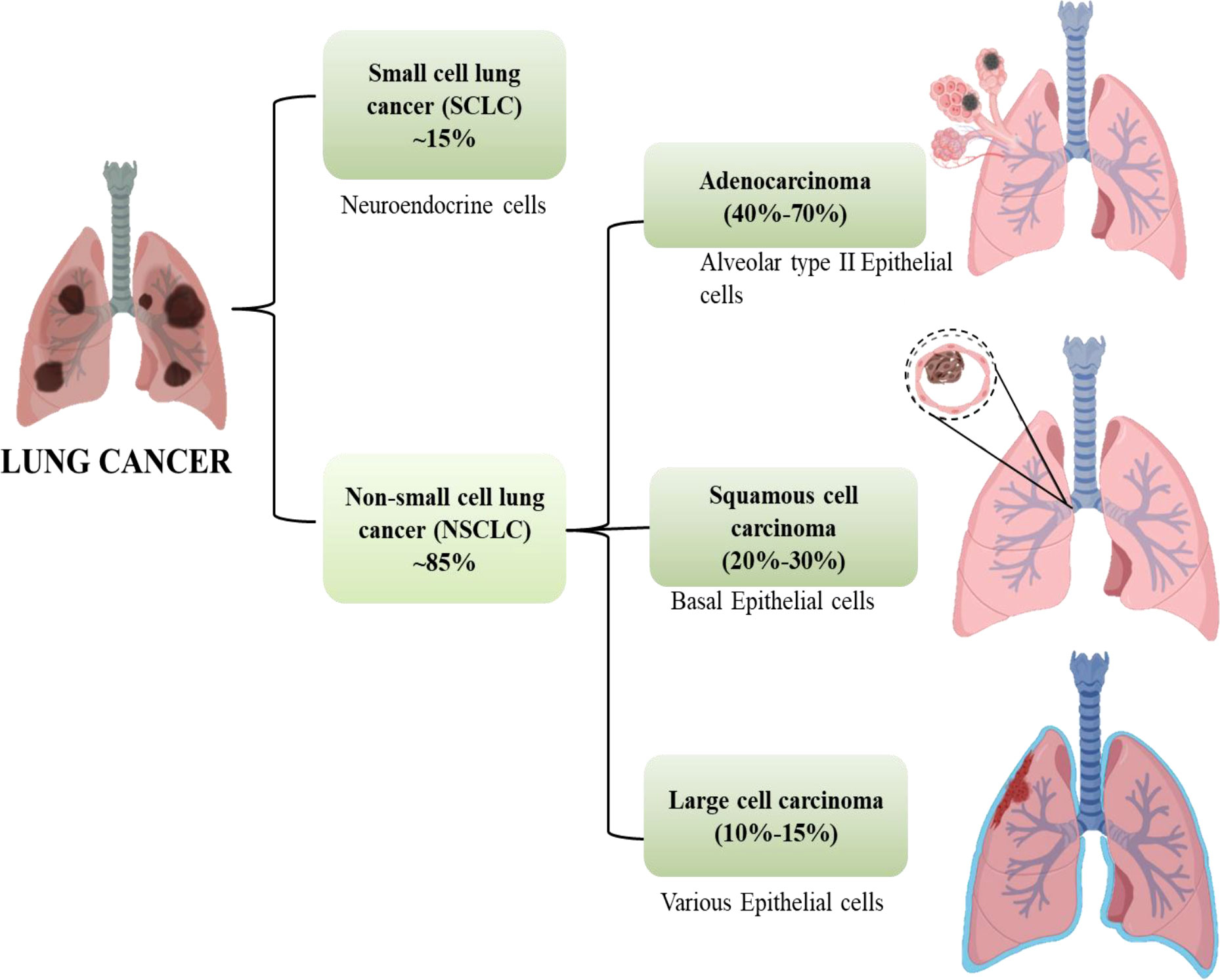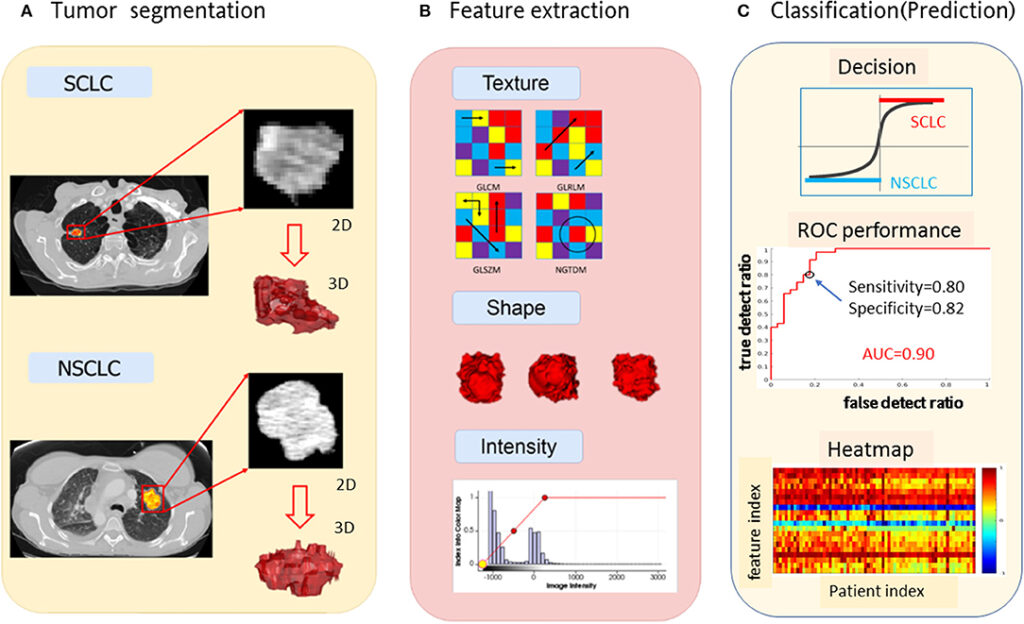Small Cell Lung Cancer, often abbreviated as SCLC, is a highly aggressive form of lung cancer that accounts for approximately 10 to 15 percent of all lung cancer cases. This type of cancer originates in the lungs and tends to grow and spread rapidly to other parts of the body. It is strongly associated with smoking and is less common than non-small cell lung cancer. Understanding this disease is critical for early detection and effective management.

Overview of Small Cell Lung Cancer
Small Cell Lung Cancer is one of the two main types of lung cancer, with the other being non-small cell lung cancer. What sets it apart is its rapid growth and tendency to metastasize quickly. Most cases are diagnosed at an advanced stage, making it challenging to treat effectively. The cancer typically begins in the bronchi, which are the airways leading to the lungs, and can spread to nearby lymph nodes or distant organs like the brain, liver, and bones.
This form of cancer is strongly linked to tobacco use, with nearly all patients having a history of smoking. While non-smokers can develop this condition, it is exceedingly rare. The aggressive nature of this disease requires prompt diagnosis and treatment to improve outcomes.
Risk Factors
- Smoking: The primary risk factor, with most patients being current or former smokers.
- Secondhand Smoke: Exposure to secondhand smoke can also increase the risk.
- Environmental Exposures: Contact with asbestos, radon, or other carcinogens may contribute.
- Family History: A family history of lung cancer may elevate the risk.
Symptoms of Small Cell Lung Cancer
Recognizing the symptoms of this type of cancer is essential for early detection. However, because the disease progresses so quickly, many individuals do not experience noticeable symptoms until the cancer has already spread. When symptoms do appear, they are often mistaken for less serious respiratory conditions.
Common Symptoms
- Persistent Cough: A cough that does not go away or worsens over time.
- Shortness of Breath: Difficulty breathing, especially during physical activity.
- Chest Pain: Discomfort or pain in the chest area, often worsening with deep breaths.
- Unexplained Weight Loss: Significant weight loss without trying.
- Fatigue: Extreme tiredness that does not improve with rest.
Symptoms of Advanced Disease
As the cancer spreads to other parts of the body, additional symptoms may arise:
- Headaches and Seizures: Indicative of possible brain metastases.
- Bone Pain: Often felt in the back, hips, or ribs due to bone involvement.
- Jaundice: Yellowing of the skin and eyes, signaling liver involvement.
- Swelling in the Face or Neck: Caused by obstruction of blood flow from the upper body to the heart.
Diagnosis of Small Cell Lung Cancer
Diagnosing this type of cancer involves a combination of imaging tests, laboratory studies, and tissue analysis. Early diagnosis is crucial for improving survival rates, but the aggressive nature of the disease often makes this challenging.
Initial Evaluation
The diagnostic process typically begins with a thorough medical history and physical examination. The healthcare provider will ask about symptoms, smoking history, and any potential exposure to environmental risk factors. A chest X-ray is often the first imaging test used to identify abnormalities in the lungs.
Advanced Imaging
If the initial evaluation suggests the presence of cancer, more advanced imaging techniques are employed:
- Computed Tomography (CT) Scan: Provides detailed images of the chest and can help identify tumors and their size.
- Magnetic Resonance Imaging (MRI): Useful for detecting whether the cancer has spread to the brain or spinal cord.
- Positron Emission Tomography (PET) Scan: Helps determine the extent of cancer spread throughout the body.
Tissue Biopsy
A biopsy is essential to confirm the diagnosis. During this procedure, a small sample of tissue is removed from the suspected tumor and examined under a microscope. There are several methods for obtaining a biopsy:
- Bronchoscopy: A thin, flexible tube with a camera is inserted through the nose or mouth to collect tissue samples.
- Needle Biopsy: A needle is used to extract tissue from the tumor, often guided by imaging techniques.
- Surgical Biopsy: In some cases, surgery may be required to obtain a larger tissue sample.
Treatment Options for Small Cell Lung Cancer
Treatment for this aggressive form of cancer focuses on controlling the disease and relieving symptoms. Due to its rapid progression, treatment plans are often aggressive and multimodal, combining different approaches to maximize effectiveness.
Chemotherapy
Chemotherapy is the cornerstone of treatment for this type of cancer. It involves the use of powerful drugs to kill cancer cells or stop them from growing. Chemotherapy is typically administered in cycles, allowing the body time to recover between treatments. Common drugs used include etoposide and cisplatin.
Radiation Therapy
Radiation therapy uses high-energy beams to target and destroy cancer cells. It is often used in combination with chemotherapy, particularly for cancers that have not yet spread extensively. Radiation may also be used to relieve symptoms such as pain or difficulty breathing caused by the tumor.
Immunotherapy
Immunotherapy is a newer approach that harnesses the body’s immune system to fight cancer. Drugs like checkpoint inhibitors help the immune system recognize and attack cancer cells. This treatment is typically reserved for advanced stages of the disease.
Surgery
Surgery is rarely used for this type of cancer because it is usually diagnosed after it has already spread. However, in rare cases where the cancer is localized to one area, surgical removal of the tumor may be an option.
Managing Symptoms and Side Effects
Managing the symptoms and side effects of both the cancer and its treatment is a critical aspect of care. Patients often require a multidisciplinary team of healthcare providers to address their physical, emotional, and psychological needs.
Pain Management
Pain is a common symptom of advanced cancer. Effective pain management may involve medications such as opioids, nerve blocks, or other interventions to improve quality of life.
Nutritional Support
Many patients experience weight loss and appetite changes due to the cancer or its treatment. Working with a dietitian can help ensure adequate nutrition and maintain strength during treatment.
Emotional and Psychological Support
A cancer diagnosis can be emotionally overwhelming. Counseling, support groups, and mental health services can provide valuable support for patients and their families.
Prognosis and Follow-Up Care
The prognosis for this type of cancer is generally poor due to its aggressive nature and late-stage diagnosis. However, advancements in treatment options continue to improve outcomes for some patients. Regular follow-up care is essential to monitor for recurrence and manage long-term side effects of treatment.
Follow-Up Appointments
After completing treatment, patients will need regular check-ups, including physical exams, imaging tests, and blood work, to ensure the cancer has not returned.
Lifestyle Modifications
Quitting smoking, maintaining a healthy diet, and staying physically active can help improve overall health and reduce the risk of complications.





